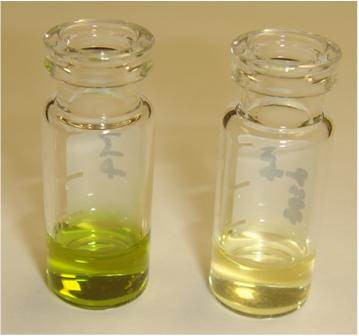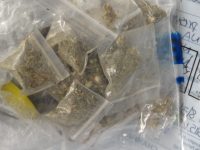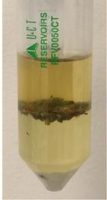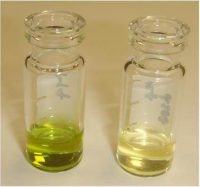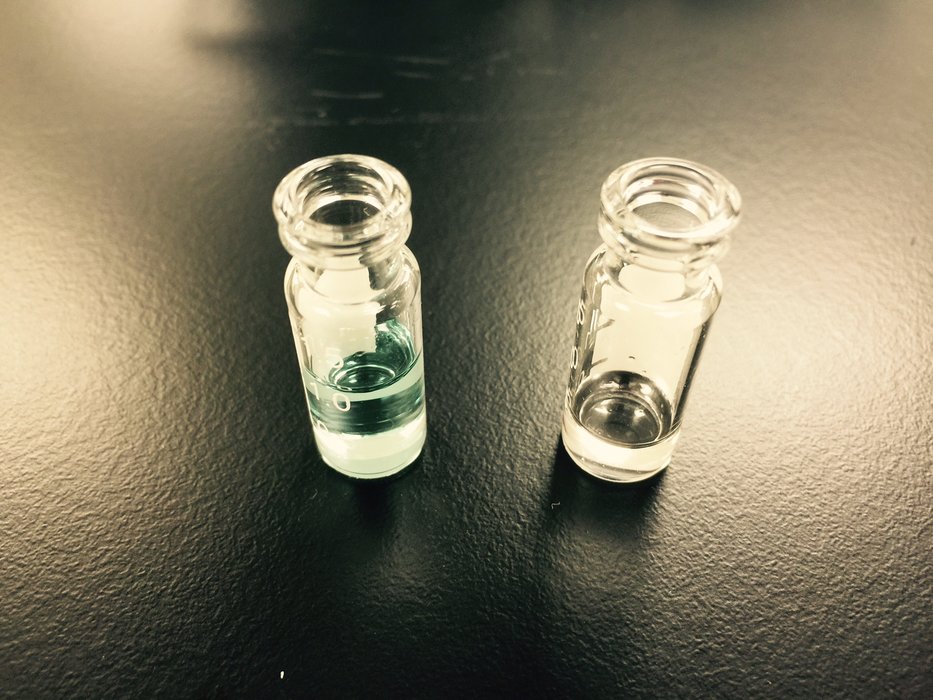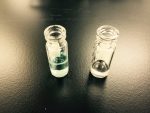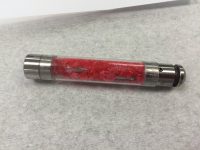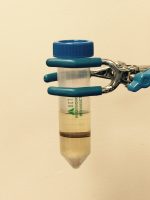If your laboratory utilizes an HPLC system for cannabinoid and pesticide analysis, it can be a daunting task to select a stationary phase that is both practical and sufficient for the separation at hand. Typically, when developing a new method, an analyst will either evaluate a column they already have in house or seek out a referenced phase/dimension in the literature before exploring other available alternatives.

A C18 phase is an excellent first choice for non-polar or slightly polar compounds. If the analyte in question has a minimum ratio of three carbon atoms for every heteroatom, it will be sufficiently retained on this phase. THC and other relative cannabinoids are prime candidates for separation via C18 due to their non-polar nature and structural components.
In addition to a universal C18 phase, alternative selectivity options do exist for laboratories concerned with the analysis of cannabinoid content. Another prevalent column choice features an aromatic or poly-aromatic stationary phase. Compatible with highly aqueous mobile phases, aromatic and poly-aromatic columns primarily rely on hydrophobic and π-π interactions as their main analyte retention mechanisms. Poly-aromatic phases provide enhanced retention and are more hydrophobic when compared to a single phenyl ring structure. While C18 phases are not ideal for resolving structural isomers, poly-aromatic columns are capable of separating these ring-based compounds. Chromatographers with a background in forensic analysis may be very familiar with this type of HPLC column due to its extensive use in drug testing applications.

Besides cannabinoid content, many cannabis scientists are equally concerned with accurate quantitation of pesticides within a given sample. Many pesticides that have found themselves on regulatory lists in states such as Massachusetts, Washington or Nevada are extremely polar. In order to increase retention of these compounds, and thus improve your overall chromatographic method, it can be extremely advantageous to select a column that allows you to start your gradient at 100% aqueous mobile phase. An aqueous or polar modified C18 column contains an embedded polar group, polar side chain or polar end-capping to allow for separation of polar compounds, while still retaining and resolving non-polar analytes. For laboratories that necessitate the use of only one analytical column, an aqueous C18 phase will allow for separation of monitored pesticides without compromising the quality of cannabinoid data produced.
One must also take into account column length, pore size and particle size when purchasing a column. For the purposes of any cannabis related analysis, a pore size of 100-120Å will suffice. Larger pore columns are typically reserved for large peptides, proteins and polymers. Depending on the sensitivity and resolution needed within your laboratory, particle size can range from 1.8-5um, with the highest sensitivity and resolution coming from the smaller particle size. Core shell technology is also a popular option for laboratories who want to keep the pressure of their HPLC system low, without sacrificing any quality of their resolution. Column lengths of 50 or 100 mm are common for chromatographers who want to achieve sufficient sample separation while keeping their run times relatively short.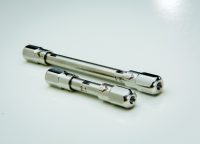
Regardless of the HPLC phase selected, it is very important that a guard cartridge is also used. Guard cartridges are traditionally the same phase and particle size of the HPLC column choice and help to prolong analytical column life. They provide additional sample clean up and are widely recommended by the majority of chromatography experts. Upon reviewing one’s options for HPLC phases and acquiring the necessary guard column, your cannabis laboratory will be ready to get the most out of your HPLC system for your analysis needs.



